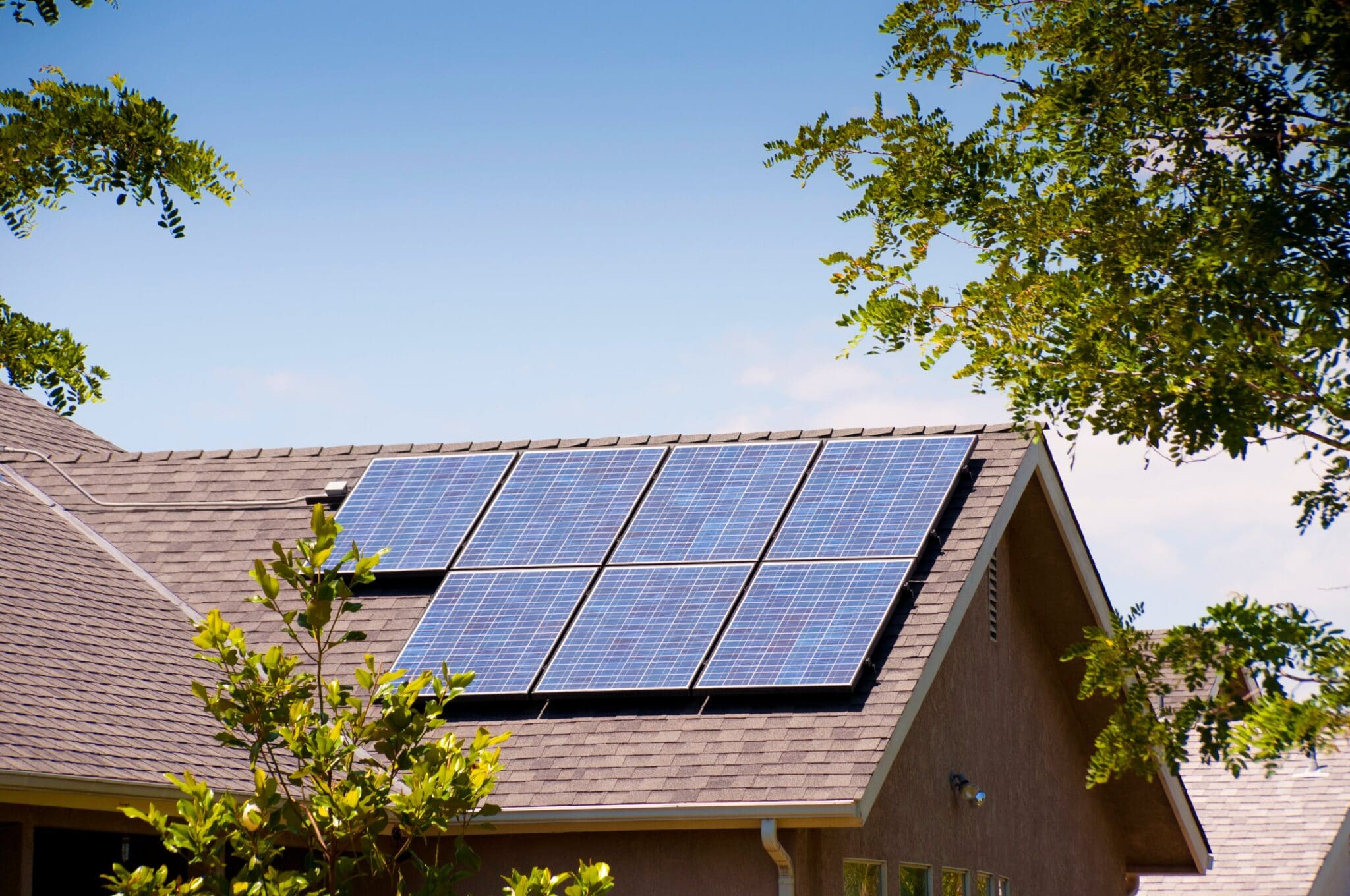The typical lifetime of monocrystalline solar panels is around 25 to 30 years. Warranties are commonly for 20 (or up to 25) years, with the panel performance degrading usually between a maximum of less than around 1% per year. Monocrystalline panels, given excellent conditions such as no more than 35°C of heat and proper upkeep, could do well for up to three decades. Regular cleaning every 3 to 6 months, correct installation angles, and a performance monitoring system that helps in early warning about deviations from expected operation will also mean a longer panel lifespan.
Expected Lifespan
Monocrystalline solar panels typically have a design lifespan of 25 to 30 years. In general, most manufacturers guarantee their products for 20-25 years they should be providing no less than to decrease in performance by not more than 1% per year. For their part, a very well known brand guarantees that its monocrystalline panels will still be working at 80% of the power they produce when new after two decades. In good circumstances, monocrystalline panels can last up to almost 30 years because they exhibit less light-induced degradation over time and offer high material stability, especially in lower temperatures and dry climates.
The real lifespan might depend on the installation environment. Even in desert regions where panels may still operate despite extreme temperatures, sandstorms can cause the surface to deteriorate and damage panels prematurely. Even then, under conditions as harsh as these, the panel's life span could be 5 – 10 years less than it would be in standard environments.
Factors Affecting Lifespan
The lifespan of monocrystalline solar panels, environmental conditions such as high temperatures, storms, or snowy days where these panels are situated. Meteorological records suggest that increased panel temperature can result in material thermal expansion and, thus, degradation of extended lifetime capacity under elevated temperature conditions. Research has shown that prolonged exposure to high-temperature environments (annual average temperatures greater than 35 °C) accelerates material aging and can shorten the panel's life span by as much as 15%.
Another determining factor of racking and panel life is the installation quality. Poor installation causes either mechanical damage to the edges of a panel (chipping/de-lamination) as well as no sealing or, worse still, allows moisture and contaminants into other panels that were initially sealed. Panels incorrectly installed in 15% of cases according to industry reports, result in a failure rate another twenty percent higher than professionally installed panels.
That maintenance becomes increasingly important for extending your panel lifespan. If you clean your solar panels regularly, dust and debris cannot accumulate, which will result in interfering with sunlight reaching them. Based on this, panels should be cleaned every 3-6 months to keep performance up as much as possible in the real world.
Aging Mechanisms
Monocrystalline solar panels have light-induced degradation, temperature effects and material aging in the process of passing through many years. Light induced degradation leads to efficiency drop of solar panels due to UV light and high-energy particles that cause deterioration in panel materials. These tests typically show that the rate of light-induced degradation is about (0.7% to 1%) per year, with cumulative long-term degradation at around 15% after two decades.
Another major aging mechanism is temperature effects. Long periods of high temperature in sunlight speed up the aging process within the panels. When the panel temperature rises, it can expand silicon materials, leading to greater physical stress under high temperatures due to thermal expansion, which degrades performance and life. The rate at which performance degrades in high-temperature environments can be 30% worse than it is utilizing under normal conditions.
Natural aging of material over long-term use inside the panels These range from silicon material degradation to a reduction in light-to-electricity conversion efficiency. The data from the experimental results illustrates that material aging leads to a light-to-electricity conversion efficiency loss of roughly 0.5–1% per year.
Measures to Extend Lifespan
There are many effective ways to prolong the life of monocrystalline solar panels. The panels must be clean. Dust, leaves, or bird feces may obstruct the light and lower its efficiency. Studies have shown that cleaning with regularity can increase the cleanliness of panels by up to 5% and even as much as 10%.
The selection of appropriate module installation angles and locations can minimize the negative effects of weather extremes on solar panels. To avoid such exposure, panels should be installed to prevent the effects of high temperatures and strong winds directly over their lives. Placing panels on your rooftops at right angles and holding them in an optimal tilt also facilitates good draining of snow & changes the amount of pressure exerted by a layer onto these.
Performance monitoring systems can be a great way to find potential issues and solve them timely so that the panels are kept at optimum operation. Current monitoring systems monitor their real-time performance and state of health due to the economic benefits of acting early, if necessary before long-term operation leads to underperformance. In practice, fault detection capabilities with monitoring systems can be augmented to about 20%.



